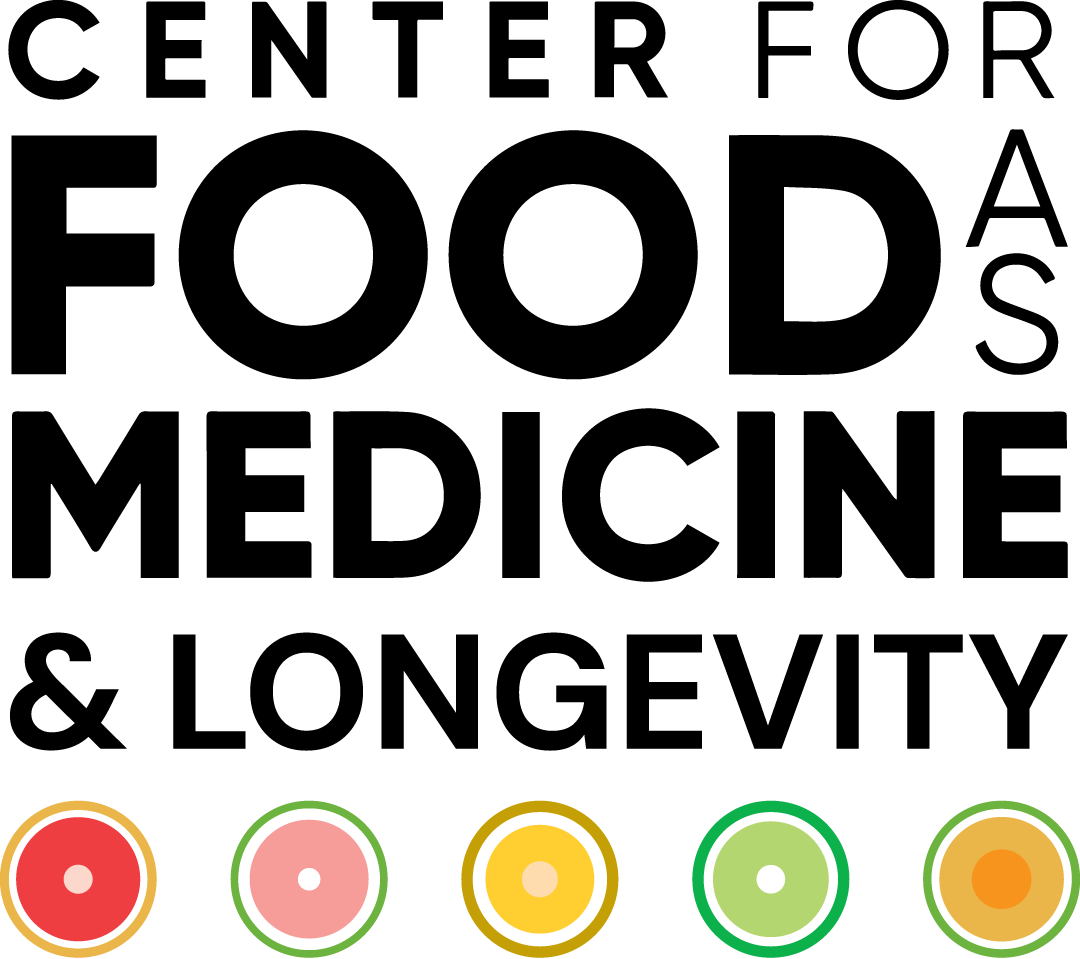“Water, water, everywhere, / Nor any drop to drink”
— Samuel Taylor Coleridge, The Rime of the Ancient Mariner
The very first artificial sweetener seemed an accident too good to be true. In 1879, Constantin Fahlberg, a chemist working at Johns Hopkins University working on coal tar derivatives noticed a sweet taste on his hands after working in his lab. He had discovered saccharin, also known as benzoic sulfinide. It is 300–400 times sweeter than table sugar (sucrose) and paved the way for an entire industry based on non-caloric sweeteners. The promise was all the pleasure of a sweet treat with none of the pain and ill health resulting from excessive sugar consumption.
But the promise turned out to be a mirage. Throughout the ensuing years and over the last several decades, an increased risk of ill health has been associated not just with the consumption of sugar-sweetened beverages (SSBs), but also with low-calorie and zero-calorie artificially sweetened beverages (ASBs).
A recent study from Germany examining the effects of sucralose, an artificial sweetener, offers some insight into why this may be the case. Sucralose, also known as Splenda, is synthetically derived from sucrose by replacing three hydroxyl groups with chlorine atoms, making it not metabolizable by the human body and thus considered non-caloric. Since it is approximately 600 times sweeter than table sugar, much less can be used in a food or beverage to achieve the desired sweetness level. Since its discovery in 1976, it remains approved by the FDA, EFSA, and Health Canada, among others, as safe for human consumption.
- The study was a randomized crossover trial.
- The study group consisted of 75 young adults, including those of healthy weight, overweight, and obese categories.
- The subjects were given sweetness-matched drinks of sucralose, sucrose, and water.
- The response to the drinks was observed and measured using functional brain MRI.
- Sucralose, compared to sucrose, increased hypothalamic blood flow and elicited a greater hunger response.
- The researchers concluded that, “Sucralose, compared to sucrose and water, results in increased functional connections between the hypothalamus and brain regions involved in motivation and somatosensory processing. These findings suggest that non-caloric sweeteners could affect key mechanisms in the hypothalamus responsible for appetite regulation.”
The Caveat:
Context is important. Here, the artificial sweetener sucralose was shown to deliver a perceived sweetness. That message prompts the body to look for available glucose because consuming something sweet signals to the body that energy in the form of glucose is available. Glucose in the periphery also acts to decrease hypothalamic blood flow and turn off the hunger response. What happens after consuming this ASB is that the hunger response is cranked up and left on overdrive.
This study is in agreement with prior studies that suggested sweet taste alone causes activation of certain parts of the brain. Our brains are wired with neurons that specifically respond to the perception of sweetness. Interestingly, in this study, different groups responded differently to the sweet drinks. The study group, which consisted of obese individuals, responded the strongest to sweetness.
One of the concerns with the rapid approval of artificial ingredients through mechanisms like GRAS (Generally Recognized As Safe legislation, originally approved in 1958) is a lack of long-term follow-up. These negative long-term outcomes have been observed with ASBs, and the mechanism appears to involve the long-term effects of a mismatch in which the body expects to receive calories but does not, resulting in the an unabated hunger drive. By focusing the message simply upon the number of calories consumed, ASBs distract from consequences that include an increased risk of chronic disabilities and diseases like type 2 diabetes. This remains a critical pressure point in improving the American diet, as approximately 66 million artificially sweetened beverages are consumed every day in the United States, equivalent to about 46,000 artificially sweetened drinks per minute.
Although correlation is not causation, increasingly, the evidence is providing concrete mechanisms by which artificial additives such as sucralose and erythritol may contribute to an increased long-term risk of chronic disabilities and diseases. Until such a time as ultimate vindication or causation is established, a general rule of cautious moderation regarding foods and beverages made with artificial or nonnutritive sweeteners is the best advice.
The Study:
Additional Resources:
Hu FB, Malik VS. Sugar-sweetened beverages and risk of obesity and type 2 diabetes: epidemiologic evidence. Physiol Behav. 2010 Apr 26;100(1):47-54. doi:10.1016/j.physbeh.2010.01.036 . Witkowski, M., Nemet, I., Alamri, H. et al. The artificial sweetener erythritol and cardiovascular event risk. Nat Med 29, 710–718 (2023). https://doi.org/10.1038/s41591-023-02223-9

